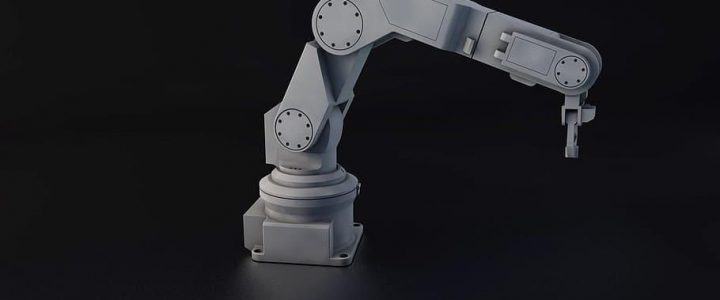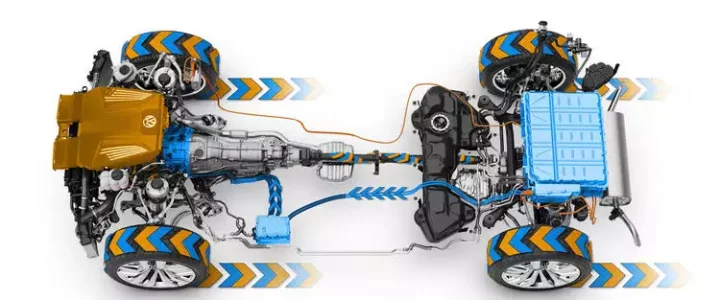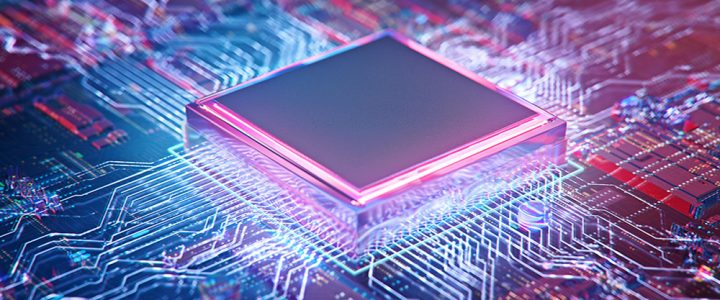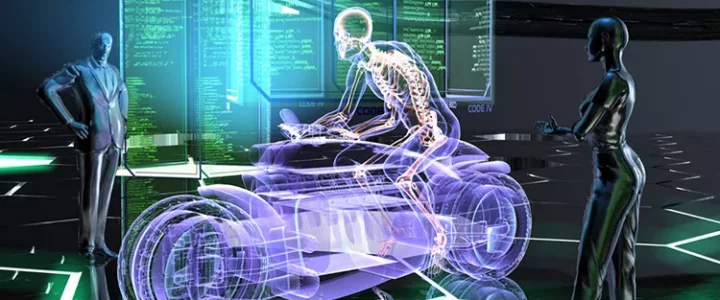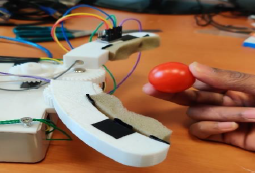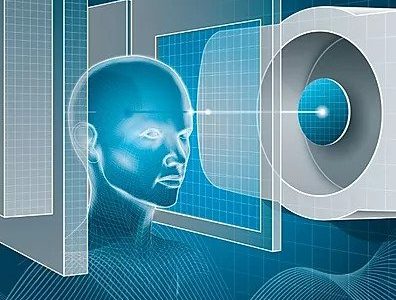| 2 YEAR |
1 semester | 9 CFU |
| Riccardo MARINO | Since 2019-20 |
| Code: 8039823 SSD: ING-INF/04 |
LEARNING OUTCOMES:
Ability to understand scientific papers on the control of mechanical systems
KNOWLEDGE AND UNDERSTANDING:
Knowledge of dynamic modeling of mechanical systems. Knowledge of basic feedback control techniques for single input single output systems and of decoupling techniques for multi input multi output nonlinear systems
APPLYING KNOWLEDGE AND UNDERSTANDING:
Ability to simulate using Matlab Simulink complex controlled mechanical systems
MAKING JUDGEMENTS:
Ability to evaluate stability, robustness, and performance of a control system
COMMUNICATION SKILLS: Ability to present and discuss an autonomous design project
LEARNING SKILLS: Ability to fully understand a scientific paper on the control of mechanical systems
SYLLABUS:
BASIC CONTROL TOOLS
Bounded- input bounded- output linear systems. Pole placement theorem for controllable and observable linear systems. Luenberger observers for observable systems. Design of dynamic compensators for linear systems. Integral feedback control to reject constant disturbances. PID control. System inverses for minimum phase linear systems. The combination of feedback and feedforward control actions.
ADVANCED CONTROL TOOLS
Linear approximations of nonlinear control systems about operating conditions. The definition of region of attraction for an operating condition. Output feedback compensators with integral actions to control nonlinear systems about a given operating condition. Liapunov matrix equations to determine quadratic Liapunov functions and assess the region of attraction. The definition of the sensitivity transfer function and its properties. The gang of four: sensitivity, complementary sensitivity, load sensitivity and noise sensitivity functions. How to determine the robustness of a control loop using the gang of four functions. Bode’s integral formula and the limitations imposed by unstable open loop poles. Youla parametrization to design stable compensation. Kalman filters, Riccati equations and robust control design.
CONTROL DESIGN FOR MULTIVARIABLE NONLINEAR SYSTEMS
Relative degree for a single input single output nonlinear system. State feedback control design for input-output linearization. State feedback linearization when the relative degree is equal to the state space dimension. The definition of nonlinear inverse systems. Relative degrees or decoupling indices for multivariable (multi-input, multi-output) nonlinear systems. The definition of the decoupling matrix. State feedback control design for input-output linearization when the decoupling matrix is full rank using the Penrose pseudoinverse. State feedback linearization when the sum of relative degrees is equal to the state space dimension and the decoupling matrix is full rank.
CASE STUDIES OF NONLINEAR MECHANICAL CONTROL SYSTEMS
Control of bycicles, robots, vehicles and aircrafts


